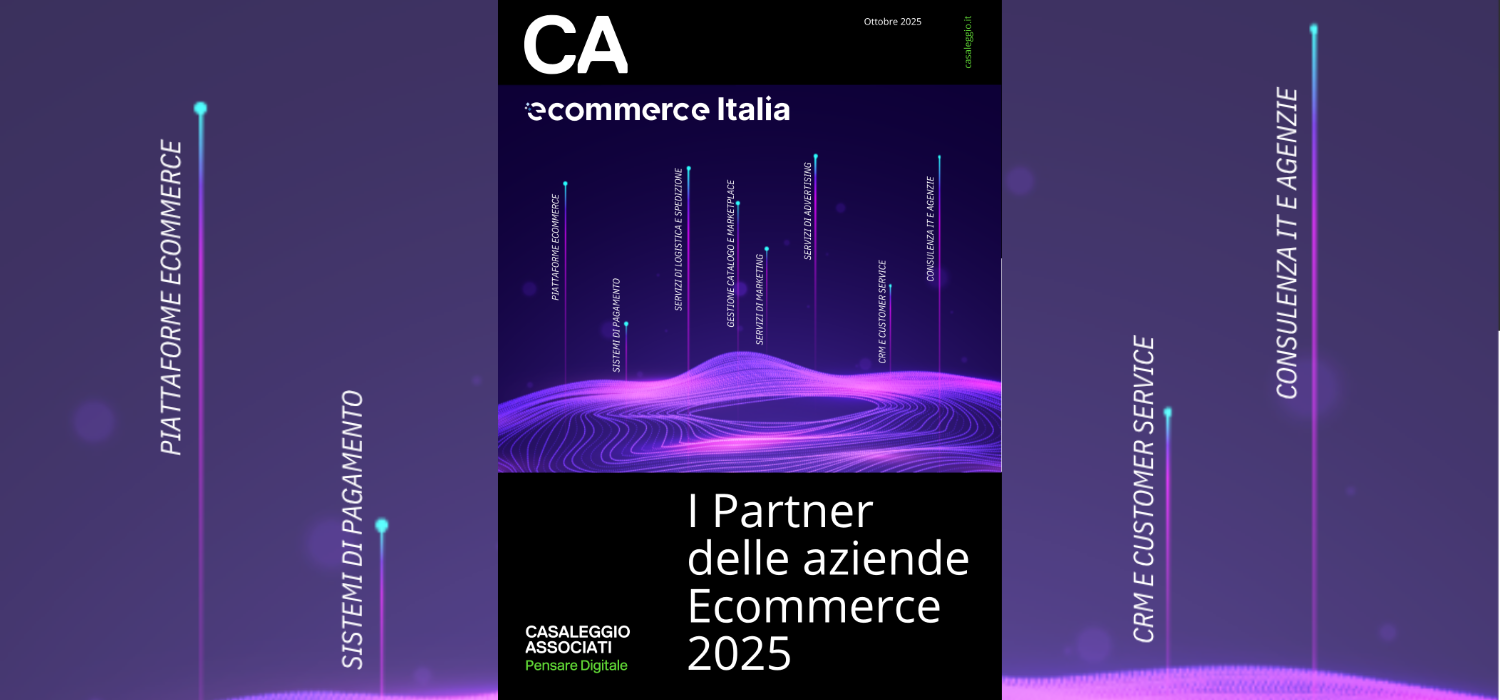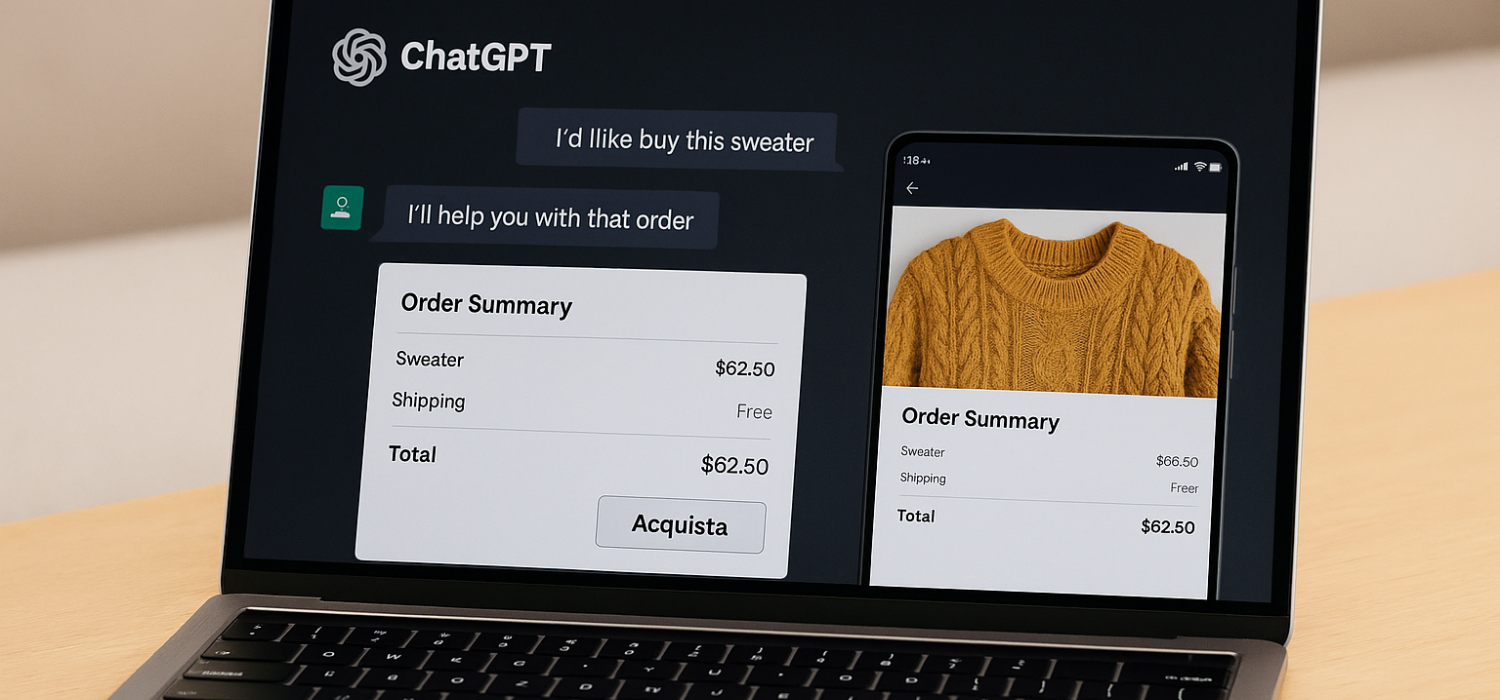Urban logistics is undergoing a profound transformation. Between restricted traffic zones, climate neutrality targets and new efficiency requirements, European and Italian cities are seeking innovative solutions for the so-called ‘last mile’. Among these, cargo bikes are emerging as one of the most promising options.
But what are they really and why are more and more logistics operators integrating them into their delivery models? In this article, we will explore the strategic role of cargo bikes in sustainable urban logistics, analysing data and concrete projects for integration with collection points and lockers.
Cargo bikes and urban logistics: the combination of the future
What are cargo bikes and why are they changing urban logistics?
Cargo bikes designed for urban goods transport are two- or three-wheeled bicycles designed for bulky loads and equipped with storage systems such as containers, trailers or refrigerated boxes. They are almost always electric to ensure ease of use even with loads of up to 200–300 kg. Thanks to their agility, they can move easily even in historic centres, restricted traffic areas and high-density neighbourhoods, thus avoiding traffic jams and making deliveries more efficient.
Precisely because of their versatility, cargo bikes are now increasingly used for e-commerce deliveries, food delivery services, last-mile logistics for pharmacies and supermarkets, and even for the refrigerated transport of fresh produce.
Cargo logistics figures in Europe
The European cargo bike market is growing steadily. According to Mordor Intelligence, the sector is expected to reach USD 2.18 billion in 2025, rising to USD 2.92 billion by 2029, with a compound annual growth rate (CAGR) of 7.62%.
Meanwhile, cities such as Paris, London, Berlin and Amsterdam are proving to be open-air laboratories for this type of mobility: here, local authorities are already investing in dedicated cycle lanes, purchase incentives for businesses and public-private partnerships to develop low-emission urban logistics hubs.
European and Italian projects that are revolutionising the last mile
URBANE: green urban logistics and public-private cooperation
From experimentation to concrete transformation, sustainable urban logistics is already entering the operational phase. The European project URBANE (Upscaling Innovative Green Urban Logistics Solutions Through Multi-Actor Collaboration), for example, aims to revolutionise urban delivery with scalable and sustainable solutions: city micro-hubs, zero-emission vehicles and a collaborative network between the public and private sectors. Among the cities involved is Bologna, which has distinguished itself for its pioneering approach.
Here, URBANE has created what we might call a real ‘courier revolution‘: last-mile deliveries are made by cargo bike operators, supported by smart lockers strategically distributed throughout the urban area in the historic centre. The result? Less traffic, fewer emissions and a more liveable city. The project is the result of collaboration between the Municipality of Bologna and a local partnership comprising various entities, including GEL Proximity. Thanks to our omnichannel technology solution, we connect proximity solutions in the area, including lockers, PUDOs (Pick-Up-Drop-Off Points) and NDAs (Nearby Delivery Areas) with couriers, riders and end customers.
Find out more about the URBANE project.
HoReCa Last Mile Rimini: innovation and urban refrigeration
Another virtuous example is HoReCa Last Mile in Rimini, an innovative project that integrates electric cargo bikes, a multi-operator refrigerated micro-hub and GEL Proximity’s orchestrator software to dynamically manage last-mile deliveries in the food & beverage sector. The model enables low-emission deliveries even for perishable products, thus increasing efficiency and reducing operating costs. HORECA LAST MILE represents a replicable model of advanced urban logistics, with economic, environmental and social benefits.
You can find out more about the project and our role here.
Munich: XXL hub and refrigerated cargo bikes for urban logistics
Munich is undoubtedly one of the European cities that is investing most seriously in sustainable urban logistics. Just a few days ago, the Bavarian capital inaugurated a new XXL super hub for urban logistics on two wheels, thanks to European Union funding. The hub, the largest of its kind in Germany, has been built in the city’s former postal warehouse and covers over 2,000 m², housing several cargo bike operators in a single facility.
The main objective of the initiative is to reduce heavy traffic in cities by reducing the number of vans and the number of potentially dangerous situations caused by couriers parking illegally.
Demonstrating the success of cargo bikes, the new hub is a tenfold version of the first bicycle logistics hub that was inaugurated in Viehhof in August 2023. The initiative has been so successful that it has been decided to replicate it, in an XXL version, in Munich. In Viehhof, cargo bikes have made it possible to save up to 30% of time on last-mile deliveries. In total, in the first nine months of operation, downtime in public spaces was reduced by 8,000 hours and 260,000 shipments were delivered, demonstrating how 15 cargo bikes can replace up to ten vans.
Munich is thus demonstrating the importance of investing in cycling infrastructure and dedicated hubs to optimise environmental sustainability, logistical efficiency and business competitiveness. This model can be replicated in medium and large metropolitan areas.
Cargo bikes and lockers: a perfect synergy for out-of-home logistics
A particularly interesting case study is the city of Brussels. Here, a study commissioned by the Belgian Cycle Logistics Federation and conducted on over 32,000 deliveries demonstrated the effectiveness of cargo bikes compared to traditional vehicles. The Bullitt electric cargo bikes used by the Urbike courier covered routes that were 30% shorter, with an average speed of 16 km/h compared to 11 km/h for vans, which are often slowed down by urban traffic. On an 8.5 km route in the city centre, the bikes took an average of 48 minutes, compared to 99 minutes for vans.
However, the most significant figure concerns efficiency: cargo bikes delivered an average of 10.1 parcels per hour, more than double the 4.9 parcels per hour delivered by vans, with shorter stops and no parking problems. Vans can take up to 25 minutes per stop just to find a place to park.
The comparison is also telling from an economic point ofview. The total cost per parcel is around €0.10 for cargo bikes, compared to €1.05 for an electric van and €1.10 for a diesel van, including purchase, insurance, maintenance, energy and depreciation. A quick calculation shows that this represents a saving of up to 10 times per delivery.
In this scenario, the integration of cargo bikes and lockers is therefore strategic: cargo bikes optimise routes, while pick-up points reduce failed delivery attempts, shorten routes and consolidate shipments.
The value of urban micro-logistics for e-commerce and operators
For online merchants and logistics operators, the combination of cargo bikes, micro-hubs and Lockers is clearly a winning model. It reduces costs, improves punctuality, increases customer satisfaction and enables compliance with increasingly stringent environmental regulations in urban centres.
This model is also perfectly scalable: it adapts to different sectors and is based on accessible technologies, such as orchestration platforms and digital booking systems.
The role of GEL Proximity in new urban logistics models
As we have seen, GEL Proximity is already actively involved in many of the most innovative projects currently underway in Italy. Our logistics orchestration software allows for the integrated management of lockers and pick-up points in cities, urban micro-hubs, and low-emission fleets, including cargo bikes. Thanks to these technologies, merchants can offer a more efficient, sustainable, and customer-centric delivery service.
Now is the right time to invest in this channel and seize the opportunities of a sector that continues to pedal towards the future. Discover how to integrate GEL Proximity’s Out of Home solutions into your logistics model and bring your eCommerce to the heart of cities in a smarter and more sustainable way!













